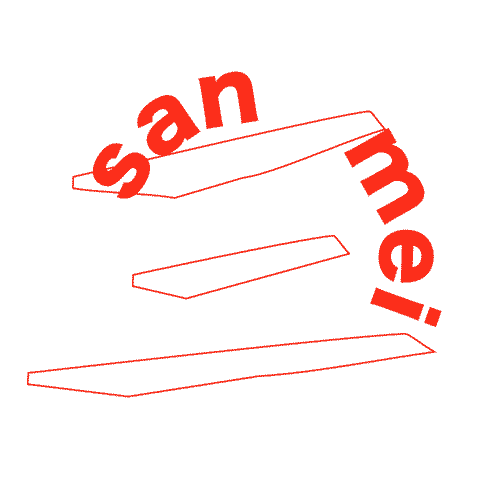Tender Xchange: Bloom 2 Perish (LOOPED)
Research Lab/Symposia
Saturday 11 May, 1:30 - 4:30pm
Free
This free workshop lab/symposia led by research lab Tender Xchange invites intuitive responses to Tawfik Naas' exhibition through conversation, image, sound and text.
Originated during a residency at Gasworks in 2020, Tender Xchange serves as a research laboratory where participants collaboratively formulate a multi-dimensional map in response to a given topic. The aim is to harness surface-level observations as a valid method for uncovering the inherent potential of a subject matter. Participants will be invited to engage in an image-led, sonic, and written dialogue, transforming visual cues into a wealth of researched material.
The San Mei Gallery space will be divided into various stations surrounding the installation, with each station facilitating conversations recorded in note form, images, or sounds. These notes will then be extracted from their original context and redistributed to different stations. Tender Xchange will observe and document these transformations to explore the emerging potentialities resulting from these exchanges.
In alignment with the exhibition's methodology of employing interchangeable perspectives, Bloom 2 Perish will offer a fresh perspective to the exhibition, leaving behind a collection of ideas and conversations to inform the trajectory of the works beyond the exhibition's duration.
https://tawfiknaas.com/Tender-Xchange
https://www.instagram.com/tenderxchange
This event has been organised in conjunction with Tawfik Naas’s exhibition Chaos is a Flower on view at San Mei Gallery between 12 April – 1 June 2024:
Tawfik Naas’s interdisciplinary practice looks to create environments that offer alternative frameworks for understanding historical trauma, drawing on cosmological and ecological perspectives.
This exhibition in particular focuses on the troubled history of the ‘Great Manmade River’, a government-led infrastructure system initiated in the late 1980s by the then-Libyan leader Muammar Gaddafi. The Great Manmade River was designed to bring fresh water from underground fossil aquifers in the Sahara to the populous coastal regions of Libya. Often described as the world's largest irrigation project, the Great Manmade River aimed to provide water, security and agricultural development by transporting vast quantities of fossilised water that had accumulated thousands of years earlier when the Sahara had been home to a lush and temperate climate. However, the project produced a myriad of unintended consequences that caused distress and trauma to individuals and communities involved, including Naas’ own family who migrated soon thereafter.
This exhibition and its associated programme of events has been supported using public funding by the National Lottery through Arts Council England and from The Henry Moore Foundation.

